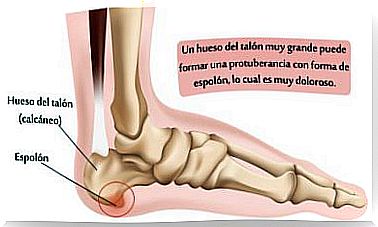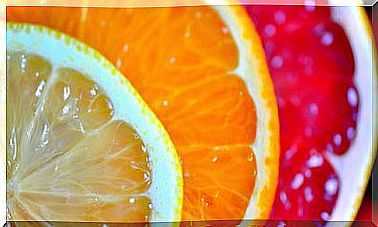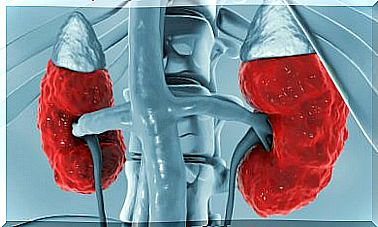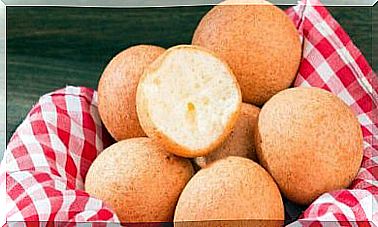Fried Foods: Changes That Occur When Frying Foods
Frying food produces considerable changes in its composition and nutritional properties. We analyze the main peculiarities of frying and how this cooking process affects food.
Although the consumption of fried foods is a technique that has been practiced since ancient times, especially in Mediterranean countries, this cooking method has become popular in recent decades. However, the quality of these cooking methods has been questioned. Currently it is recommended to opt for the grill, the oven or cooking with water.
Of all those existing and commonly consumed, olive oil is the product that has shown the greatest suitability for frying. However, its high cost has become a limiting factor when it comes to using it in abundance as an ingredient for frying.
The process of frying food

Frying is a culinary process that consists of placing a food in a hot oil or fat bath at high temperatures, between 150ºC and 200ºC. At this point, the oil acts as a heat transmitter, producing a rapid and uniform heating of the product.
There are two types of frying that we can differentiate:
- Surface frying: consists of the use of a more or less flat container, such as a frying pan, with a low level of oil. In this case, a part of the food remains outside the frying bath. The submerged part is fried and the external part is cooked by the effect of the internal steam generated when heating.
- Deep frying: it is produced by completely submerging the food in the oil bath. This mainly happens when using a deep fryer or high fat pans.
In the latter case, the frying is uniform over the entire surface. This system is more frequent in industrial frying, in which the quality of the process is much more controlled and, therefore, it is difficult for dangerous substances to accumulate in the final product.
Changes in oil with heat
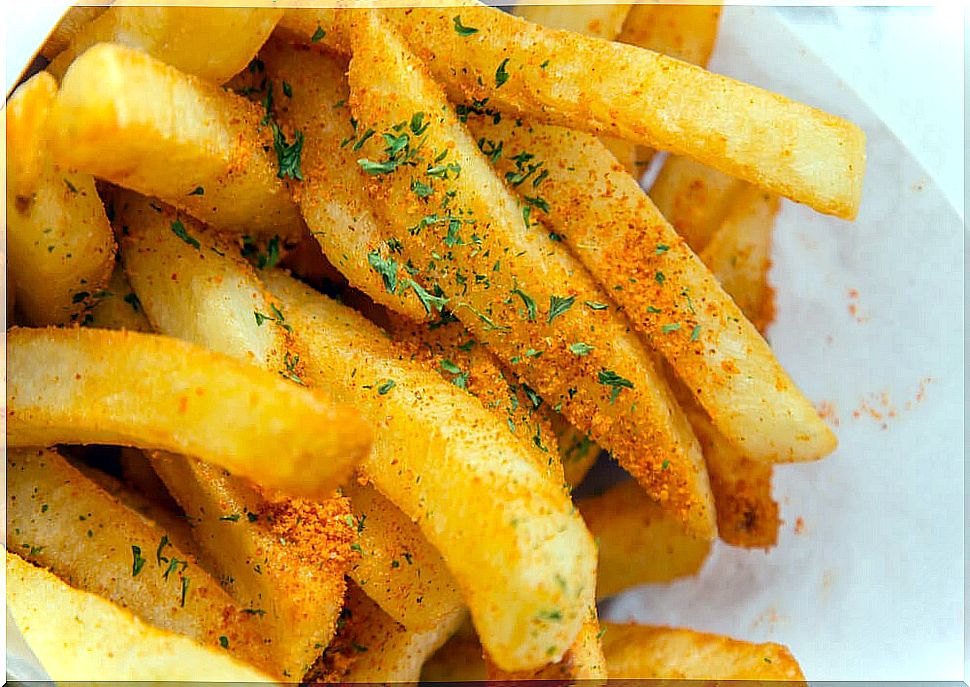
The increase in temperature produces chemical alterations in any substance. Therefore, the oil used for frying will degrade quite quickly.
The main effects that can occur are:
- Hydrolysis: occurs in the presence of water and heat, breaking the bonds of triglycerides. These are broken down into monoglycerides and diglycerides and free fatty acids appear. This process is more common in coconut or palm oils, as they have shorter molecular chains.
- Oxidation: it is due to the effect of oxygen on fatty acids. From this effect, unstable compounds are formed, such as peroxides, as well as free radicals.
- Thermo-oxidation: it consists of the same oxidation process favored by the high cooking temperatures. Due to the oxidation of the oil, foods acquire unwanted odors and flavors.
It is common that when vegetable fats are subjected to high temperatures, derivative compounds such as trans fatty acids are formed. An investigation published in the journal Bratislavke Lekarske Listy relates the regular consumption of these substances with an increase in the incidence of neurodegenerative diseases.
Changes when frying food

The changes produced in food during the frying process vary according to the product used and the quality of the oil with which it is cooked. Of course, the cooking time and temperature will also influence.
Done correctly, frying favors the texture and appearance of the food : caramelization reactions take place on its surface and the product takes on a toasted color.
Among the main nutritional changes that occur in fried foods are:
- Loss of vitamins due to high oil temperatures.
- Dehydration of the product by evaporation of the water it contains.
- Oil impregnation, with its consequent increase in the caloric value of the product.
- Acquisition of a crunchy crust with a pleasant texture and flavor.
- Obtaining characteristic flavors and aromas according to the type of oil used.
It should be noted that whenever a food is fried, its caloric value increases significantly. For this reason, experts recommend avoiding fried foods in the usual diet, so as not to unbalance the energy balance and prevent a gain in fat that is harmful to health.
Recommendations when frying food
Ideally, to avoid major problems, the surface of the food should be as dry as possible. In addition, it is recommended to avoid frying glazed and thawed foods without prior coating to avoid hydrolysis and oxidation processes.
Due to its good resistance to high temperatures, olive oil is the best product for frying processes. However, as we have already mentioned, its high price is a problem to use it in large quantities.
In any case, when using this oil, it is essential to avoid mixing new oil with used oil. Furthermore, in order not to alter its properties, overheating at temperatures above 170-180ºC should be avoided.
And how do you like to fry food? Be aware of the changes that food undergoes when it is subjected to this cooking method. As you see it, it is not always the healthiest way to prepare them. However, you can follow some guidelines to keep it safe.
